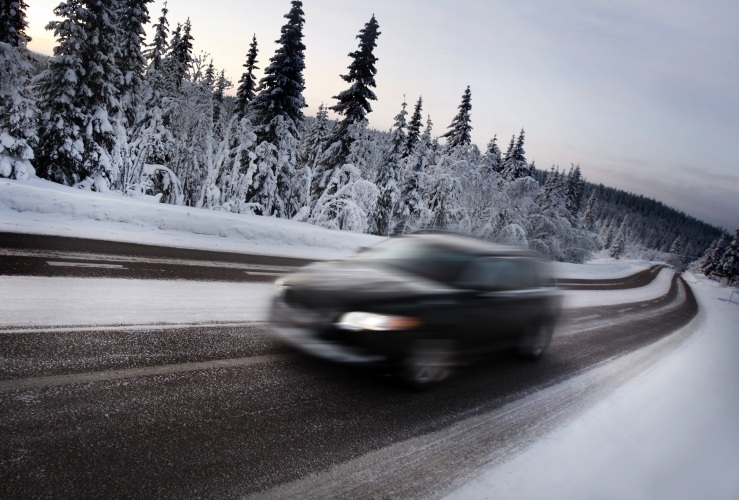
A number of people will be planning a long distance drive this month so that they can see their families over Christmas.
Yet at this time of year the chances of a breakdown are increased. One of the main reasons for this is due to the colder weather putting extra strain on your vehicle and making driving conditions more hazardous. In fact, 42 per cent of vehicles are less likely to start during the winter months. What's more, crashes are more likely, with December 17th being the date when a car is most likely to crash statistically.
To reduce the chance of a breakdown or to keep yourself safe in the event that something goes wrong, it is important to have a certain checklist of things to look into before you set off on a long journey. We have one detailed in our latest infographic. Here's why you need to check the things we've listed.
Condition of spare tyre
You need to have a set of tyres that are in good condition as it's more difficult to get traction on the roads when the weather gets colder, largely because they are more likely to get icy and wet. However, don't forget to check your spare tyre as well as the ones on your car. You never know when you might find yourself having to change one of your tyres for your spare.
Check the overall structural integrity of the tyres, looking out for lumps, bulges and tears. Also check the tread by inserting a 20p coin into different parts of the central three quarters of tread. If you can see the outer band of the coin when you do this then you need to change your tyre.
Hazard lights
If you do breakdown then you need working hazard lights to warn other road users that you are stationary. Or if you are driving on the motorway and there is a collision ahead then you should flash your hazard lights to warn any cars behind you.
Checking hazard lights is easy. Simply press the button and then step out of your car and walk around it to ensure all your indicator lights are flashing.
General condition of vehicle
Take an overall look at your car to work out whether or not it'll be able to handle the treacherous conditions that winter brings. If you have yet to give your vehicle its annual service then be sure to do so now.
Antifreeze levels
You need antifreeze in your engine's cooling system to stop the liquid from freezing during winter. Make sure there is a mix of half water and half antifreeze in the system so that it can withstand temperatures dropping below zero degrees C.
Lights
Visibility is much lower during winter months, what with the long nights drawing in and the weather bringing more fog, rain, snow and cloud cover. You need to make sure other road users can see you to stay safe on the roads, so having working lights is vital.
Try each level of lighting by switching it on and then walking around the car to see that each bulb is lit up. This includes side lights, dipped headlights, full beam, fog lights and rear lights. Your brake lights need to be tested too but you'll need someone to help you do this. Push down on the brake pedal while the helper stands at the back of the car to make sure all brake lights come on. If you haven't got anyone to help you then reverse up to somewhere reflective, press the brake pedal and look in your rear-view mirror to see if all lights are on.
Engine oil levels
Whenever you're due to go on a long journey at any time of year it is important to check your oil levels, this is vital for keeping your engine properly lubricated.
Open the bonnet, take the dipstick out and look for where the line of oil is. If it is low then refill the tank.
Download our pdf checklist: Things to check before a long journey




